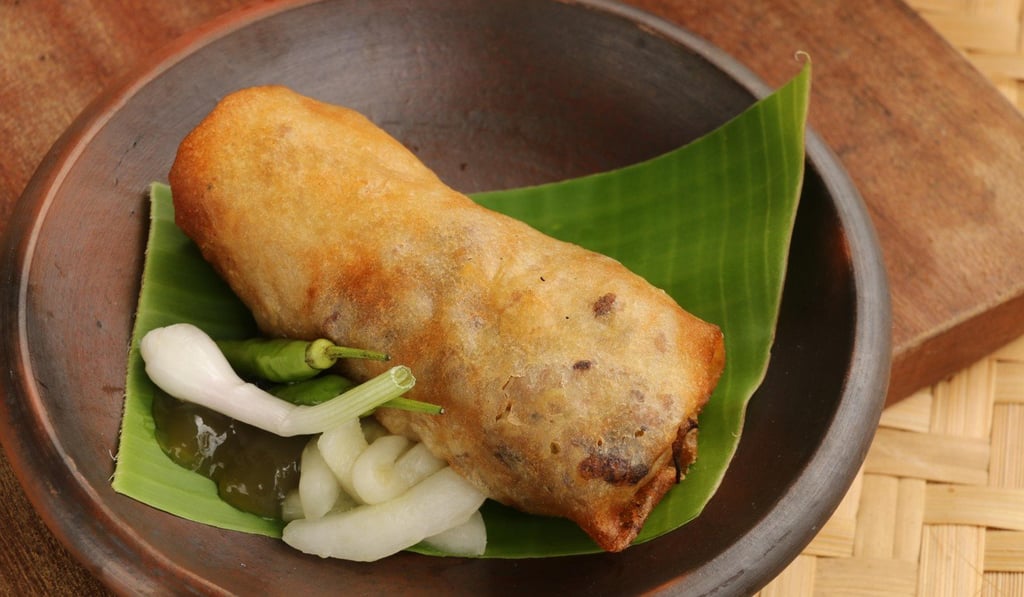Vietnamese loempia: the spring roll’s long journey from Jin-dynasty China to Amsterdam
The giant spring rolls popular in the Netherlands may have started life as a springtime dish during the Jin dynasty when ingredients such as garlic, shallots, leek and coriander were consumed for an energy boost

A stroll through the markets and along the canals of Amsterdam, in the Netherlands, will usually pass food carts serving “Vietnamese loempia”, supercharged spring rolls.

To trace the intersection of the spring roll and lumpia, we must look back to China’s Jin dynasty (AD265-420). According to the account Feng Tu Ji (roughly, “records of local customs”), which was written by general Zhou Chu, spring was a good season in which to eat garlic, shallots, leek and coriander, because, it was believed, they provided an energy boost. Because such ingredients were strongly flavoured, they were wrapped in a plain pancake to make them more palatable.
These rolls became popular at all times of year, and took on a new name: run bing. In Fujian province, in the local dialect, this was pronounced loon pia, and, as the Fujianese were some of the earliest Chinese to migrate to Southeast Asia, many linguistic derivatives were adopted in the region.

In Indonesia, for example, a much-loved dish is lumpia semarang, rolls filled with bamboo shoots, dried shrimp, chicken and/or prawns and named for a city on the north coast of Java, which came under Dutch rule in 1682. Given the colonial ties, Indonesian-Chinese food has had a long history in the Netherlands, with lumpia having become particularly popular.